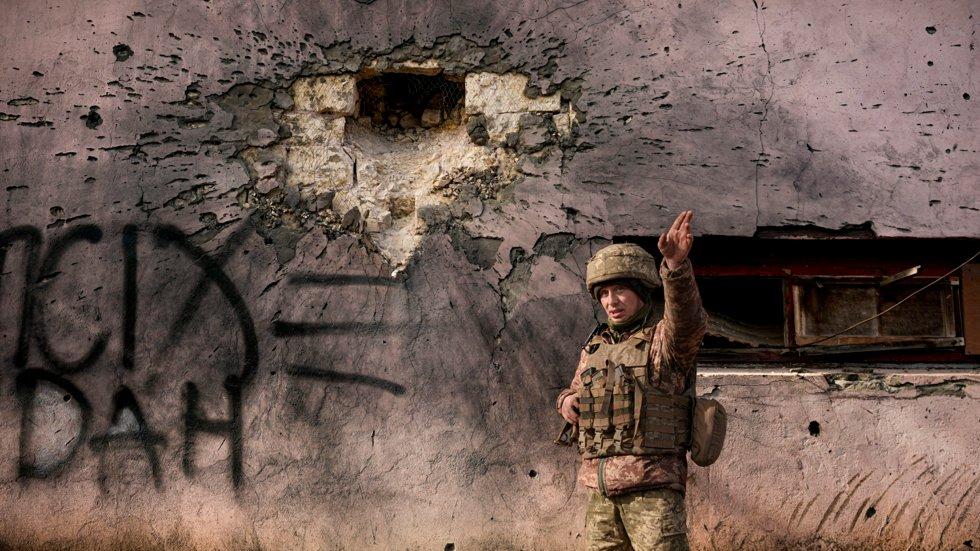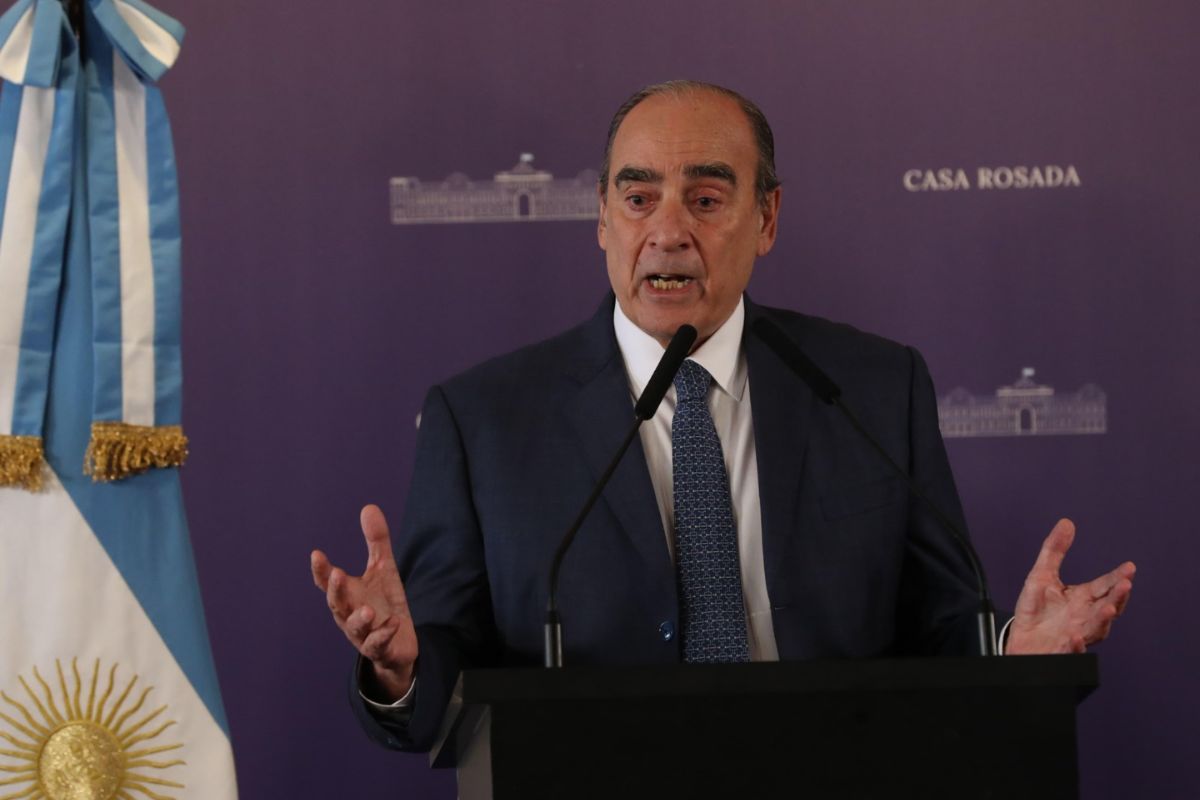* November 10, 2021: US authorities report an unusual transfer of Russian troops near the border with Eastern Ukraine. NATO warns Moscow against aggressive action.
* November 28: Ukrainian authorities claim Russia has deployed 92,000 troops in the border area and is planning an attack on Ukraine in late January or early February.
* December 1: Russian authorities deny that they are planning an attack on Ukraine and accuse Ukraine of building troops in eastern Ukraine. At the same time, Russia is demanding guarantees that Ukraine will never become a member of NATO.
* December 7: US President Joe Biden of Russia and President Vladimir Putin hold a digital summit. Putin repeated calls for guarantees against expanding NATO east. Biden threatened Putin with tough economic sanctions and other measures if Russia invaded Ukraine.
* December 16: European Union and NATO warn of massive strategic consequences in the event of an attack on Ukraine’s territorial integrity.
* 17 December: Russia demands that NATO end all military activity in Ukraine and wants restrictions on the United States and NATO’s influence in ex-Soviet countries.
* January 10, 2022: NATO Secretary General Jens Stoltenberg says the alliance keeps its doors open for Ukraine and that NATO will never compromise when it comes to keeping the door open for new member states.
* January 17: Russian troops begin arriving in Belarus to take part in military exercises Russia says are aimed at “preventing external aggression”.
* January 20: The Russian military announces that it will hold major naval exercises in the Mediterranean, Pacific, Arctic and Northeast Atlantic.
* January 21: US announces major NATO exercise in the Mediterranean.
* January 21: NATO countries Estonia, Latvia, and Lithuania send anti-tank and anti-aircraft missiles to Ukraine. At the same time, Russia demanded that NATO troops be withdrawn from Romania and Bulgaria.
* January 24: US and UK pick up staff and their families at their embassies in Kyiv. At the same time, NATO is increasing its presence in Eastern Europe.
* January 25: Russian troops in the south of the country and on the Crimean peninsula begin military exercises with 6,000 troops and at least 60 fighter jets.
* January 26: The US refuses to close the doors to Ukraine’s NATO membership, and NATO calls many of Russia’s security requirements unacceptable or unrealistic.
* January 28: President Vladimir Putin says in a telephone conference with French President Emmanuel Macron that the West is ignoring Russian concerns about NATO’s expansion to the east and the deployment of Alliance weapons systems near Russia’s borders.
* January 29: A number of NATO countries say they will send more troops to strengthen NATO’s eastern flank.
January 30 – NATO Secretary General Jens Stoltenberg states that NATO has no plans to send troops to Ukraine if Russia attacks the country.
February 1: President Vladimir Putin says he hopes for a solution to the conflict but also accuses the United States of using Ukraine as a tool against Russia.
February 2 – US sends 3,000 more troops to strengthen NATO’s presence in Eastern Europe. Russia called it a destructive move and called on the United States to stop stirring up the atmosphere.
February 7: French President Emmanuel Macron begins shuttle diplomacy and travels first to Moscow and then to Kyiv and Berlin in a bid to prevent war.
* February 10: Russia and Belarus begin ten-day military exercises. The United States called the military exercises an escalation of the conflict. NATO chief Jens Stoltenberg said that Russia’s military build-up had reached a dangerous moment for European security.
February 11: Norway and a number of other countries ask their citizens to leave Ukraine.
February 12: President Joe Biden and President Vladimir Putin hold an hour-long conference call. The conversation ended in vain. The next day, Biden had a telephone conversation with Ukrainian President Volodymyr Zelenskyj, who received assurances of American support.
* February 15: Russia’s Defense Ministry says it has started moving troops from the border area with Ukraine. But NATO and the United States say they see no signs of this.
* February 15: Several ministries and banks in Ukraine were hit by computer attacks. Ukrainian authorities claim Russia is behind it. The Kremlin denies anything to do with it.
February 15 – The Duma asks Putin to recognize the breakaway regions of Donetsk and Luhansk as independent states.
February 16: On the same day that the NATO defense ministers meeting began, Russia said that military exercises on the Kirm peninsula had ended and troops were being withdrawn. NATO said they saw no evidence of this.
* February 17: Russian media reports that Ukraine has attacked pro-Russian separatists. This rejected the authorities in Kyiv. Stoltenberg said he feared Russia was making up a pretext for invading Ukraine. At the same time, Ukrainian President Zelensky said that it was unlikely that Ukraine would join NATO.
February 18: Separatist leaders in the breakaway republics of Donetsk and Luhansk warn of mass evacuation of civilians. At the same time, a US diplomat said that Russia had deployed between 169,000 and 190,000 troops in border areas with Ukraine, on the Crimean peninsula and in Belarus.
February 19: Separatist leaders in the breakaway Donetsk and Luhansk regions of eastern Ukraine order the mobilization of military forces. At the same time, the Organization for Security and Cooperation in Europe (OSCE) reported more than 1,500 ceasefire violations in the two regions over the past 24 hours.
* February 20: Russia announces that Russian troops that have participated in military exercises in Belarus will not be withdrawn but will remain there indefinitely.
February 20: President Emmanuel Macron and President Vladimir Putin speak on the phone and agree to continue to seek a political solution to the crisis.

“Web specialist. Incurable twitteraholic. Explorer. Organizer. Internet nerd. Avid student.”






